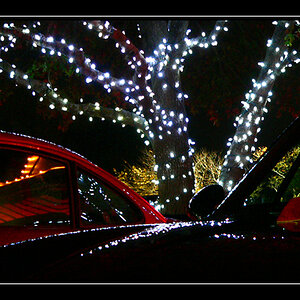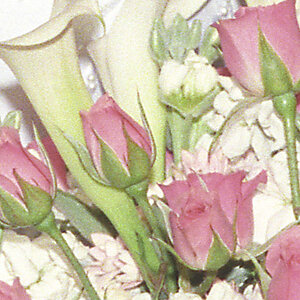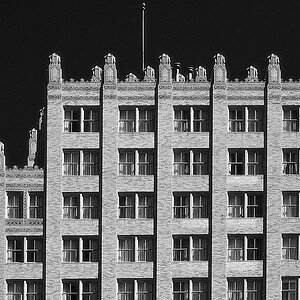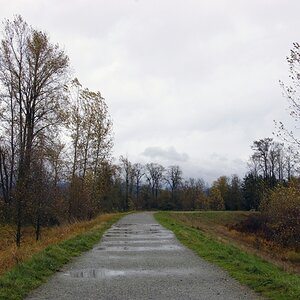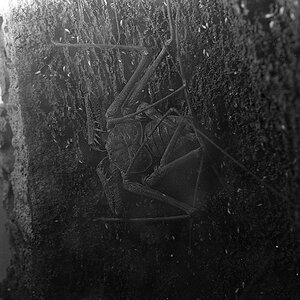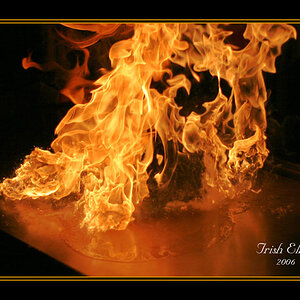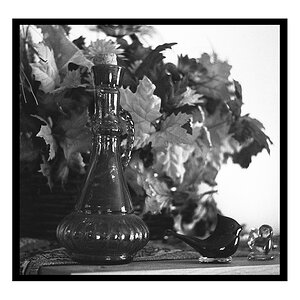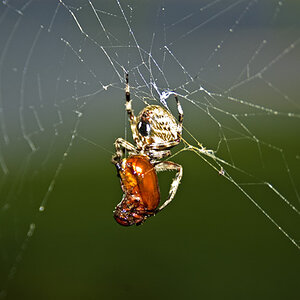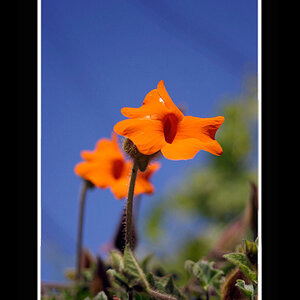Dave442
Been spending a lot of time on here!
- Joined
- Feb 1, 2015
- Messages
- 2,021
- Reaction score
- 567
i still have some in the deep freeze
Now you are just going to have to figure out how to develop that Kodachrome. Might be worth more just sitting on ice and wait to see if Kodak actually does bring this film back or go with the caffenol cross processing (where you lose all of what Kodachrome was known for but you do get an image).


